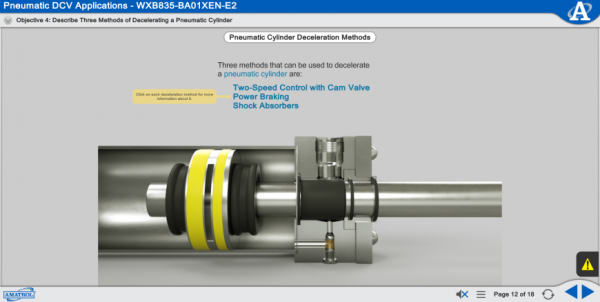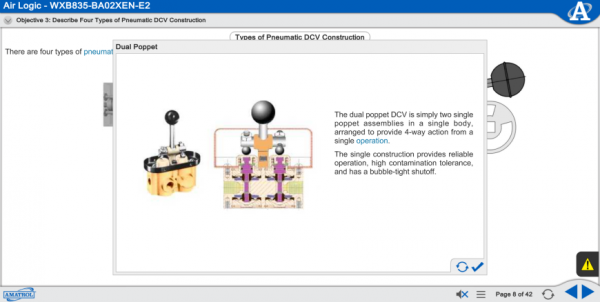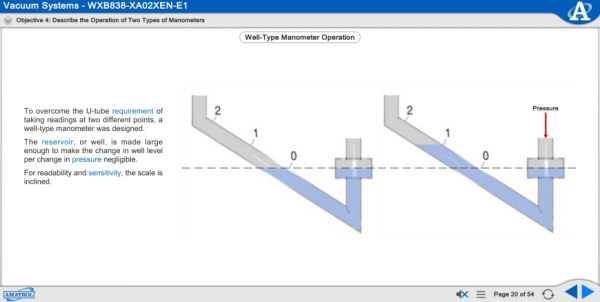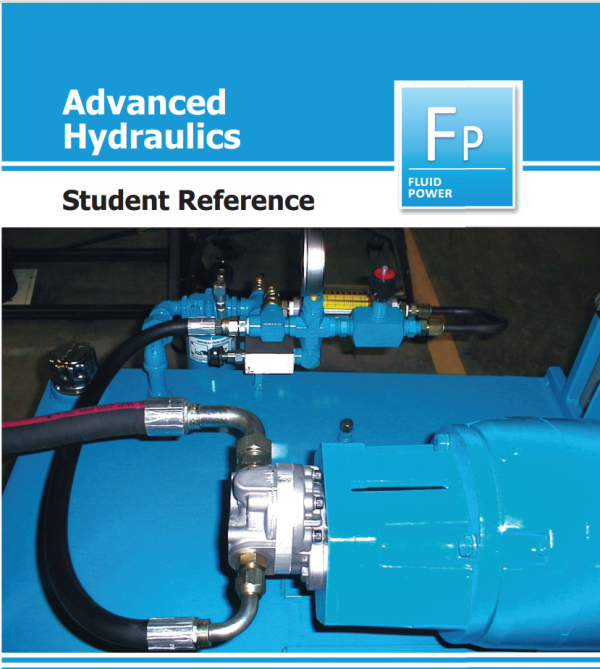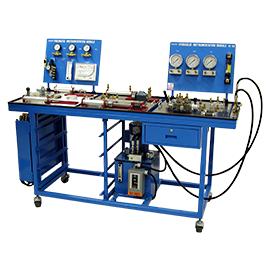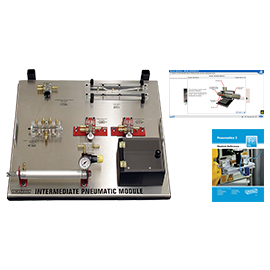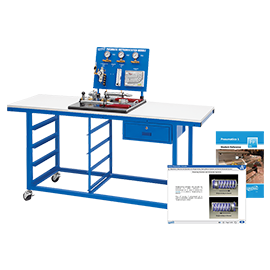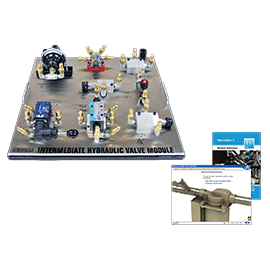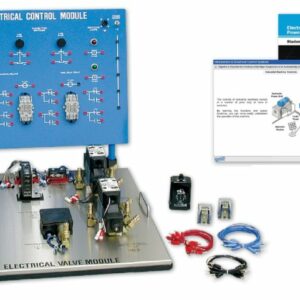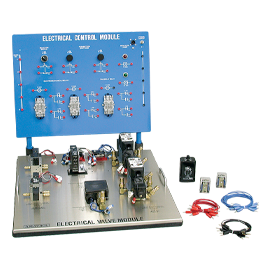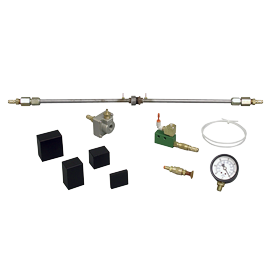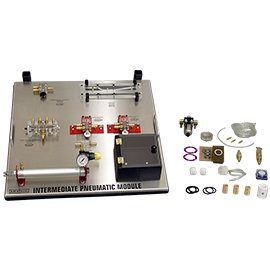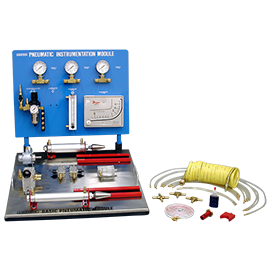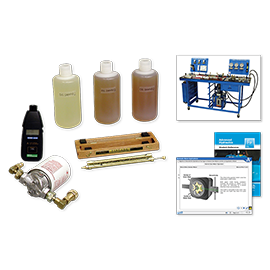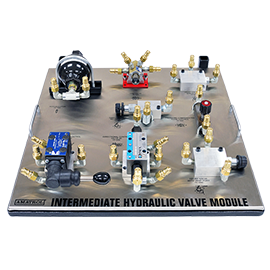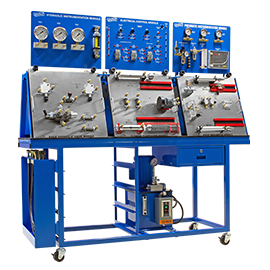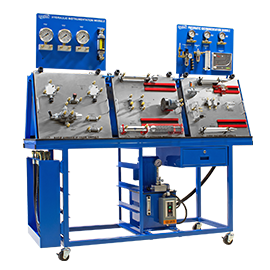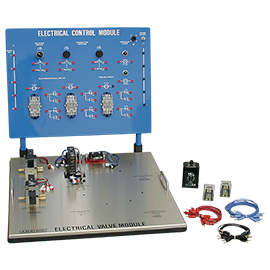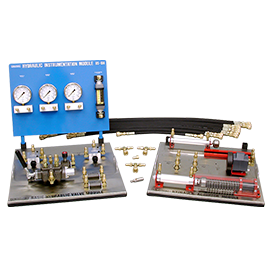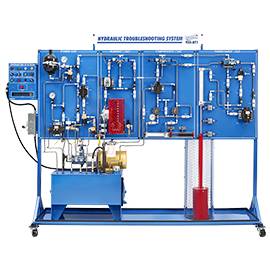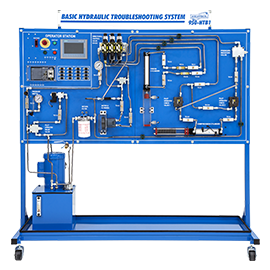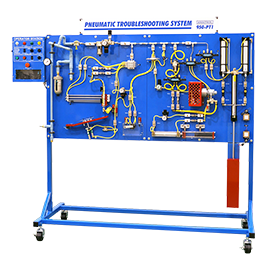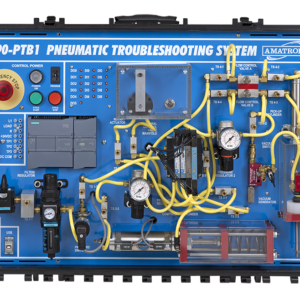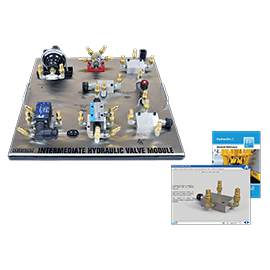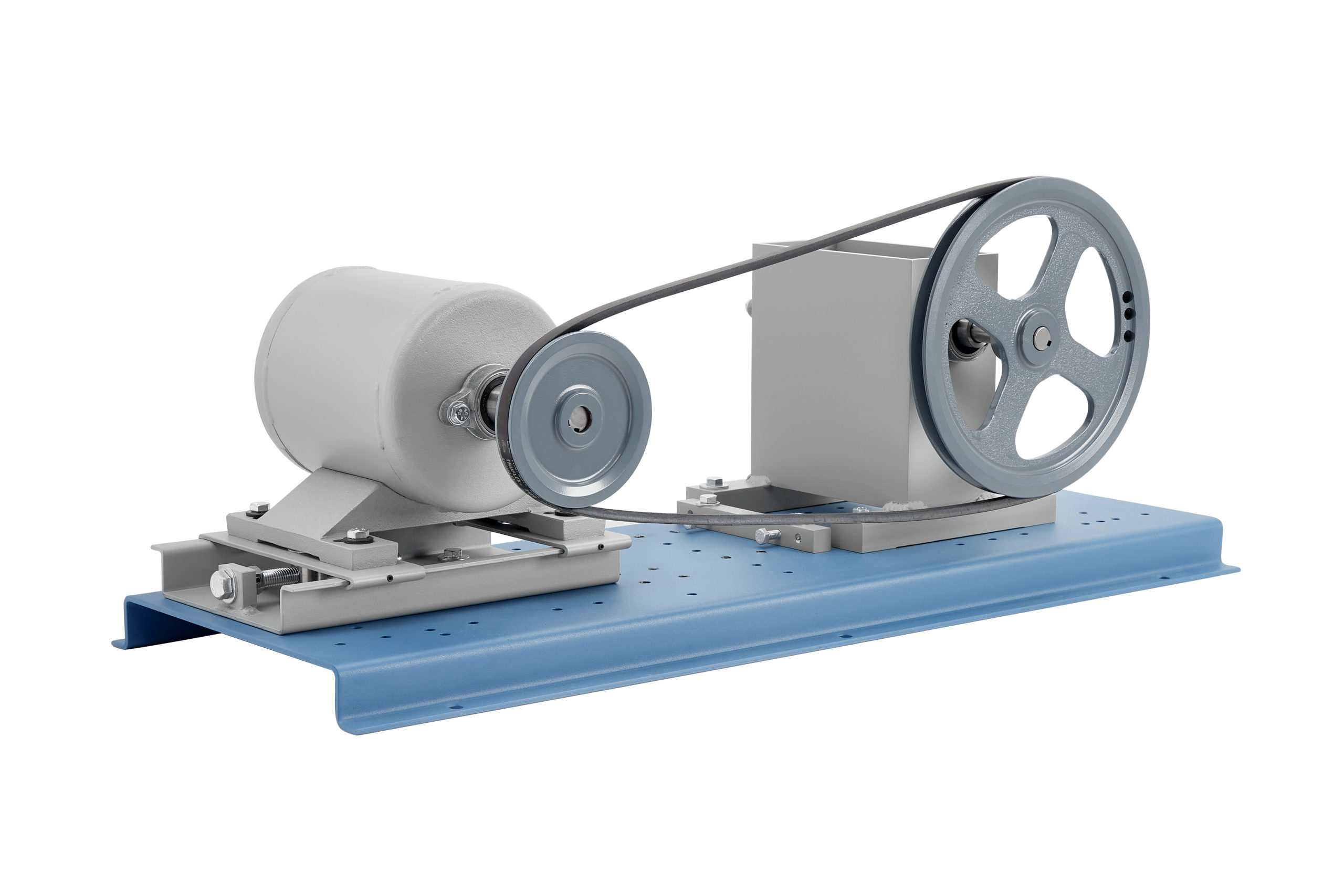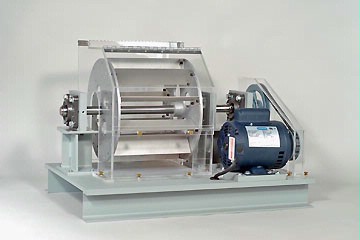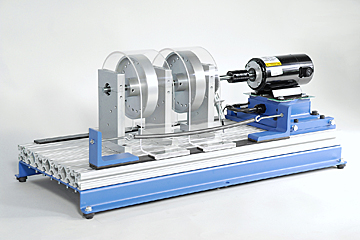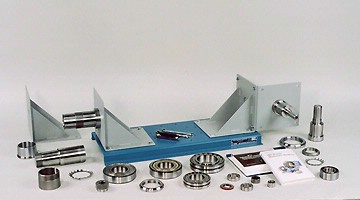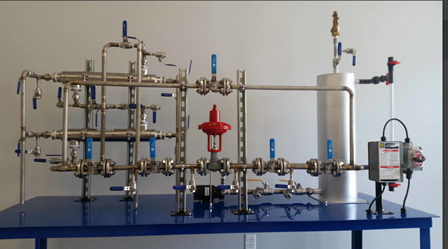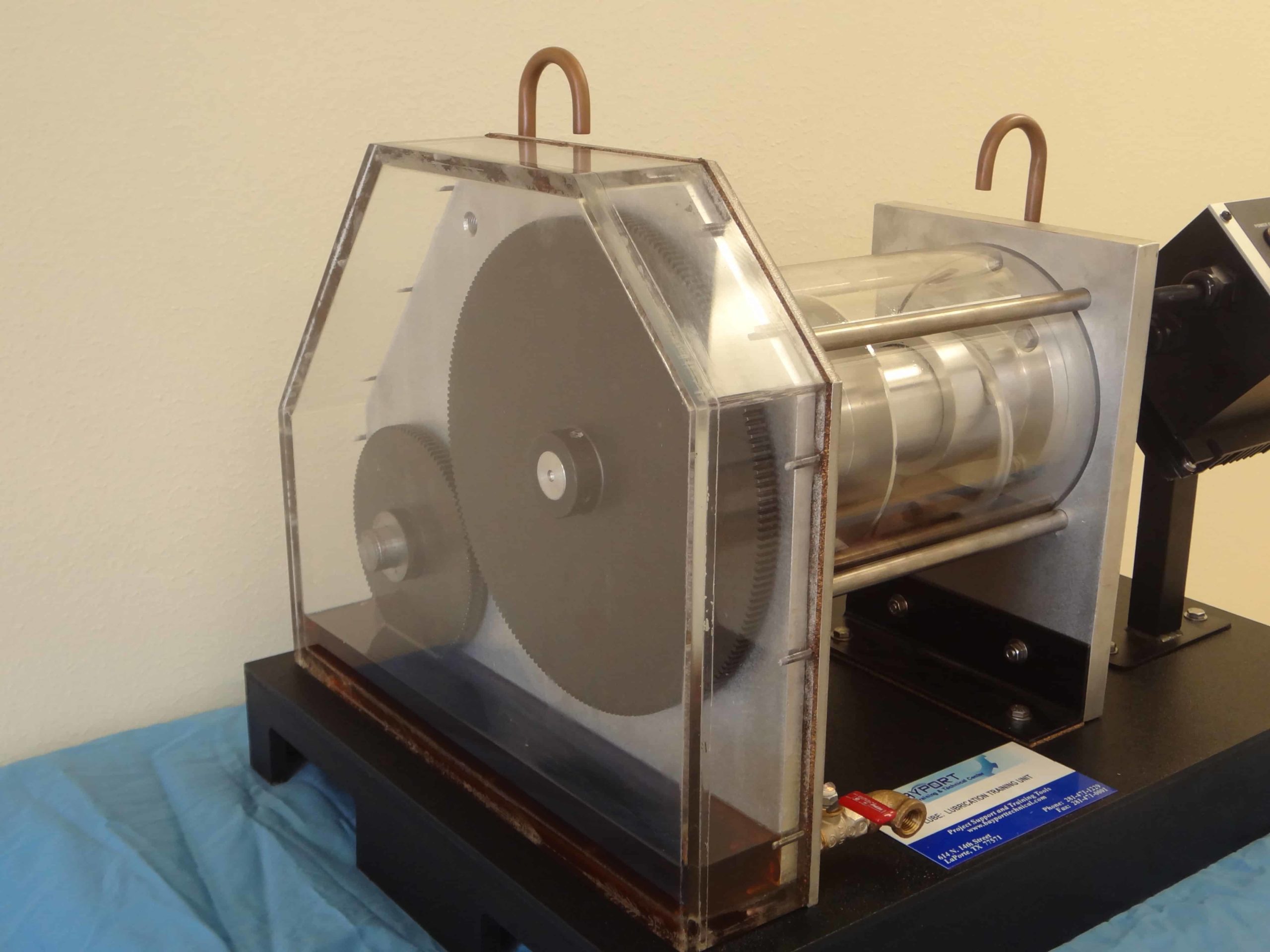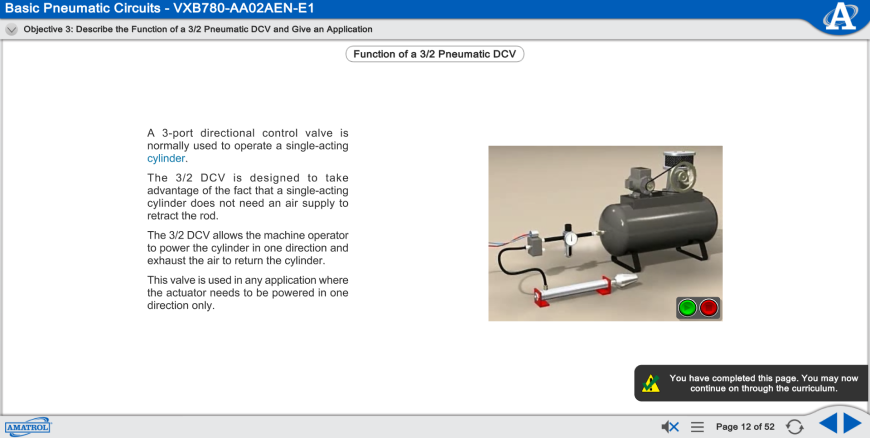
A sample copy of the Advanced Pneumatics Student Reference Guide is also included with the system for your evaluation. Sourced from the system’s curriculum, the Student Reference Guide takes the entire series’ technical content contained in the learning objectives and combines them into one perfectly-bound book. Student Reference Guides supplement this course by providing a condensed, inexpensive reference tool that learners will find invaluable once they finish their training, making it the perfect course takeaway.
Requires:
- Computer: See requirements
Amatrol’s online Pneumatics training course (NB780) prepares future workforce members to understand pneumatic applications and concepts and then practice pneumatic skills in a virtual training environment. This pneumatic training course covers key topics and skills in pneumatic power and safety, pneumatic circuits, pneumatic schematics, the principles of pneumatic pressure and flow, and pneumatic speed control circuits.
Learners will practice virtual skills like: using a tee to connect two circuit branches together; connecting and operating a single-acting pneumatic cylinder using a 3/2 manually-operated DCV; calculating the retraction force of a cylinder given its size and pressure; and connecting and operating an exhaust port speed control circuit.

